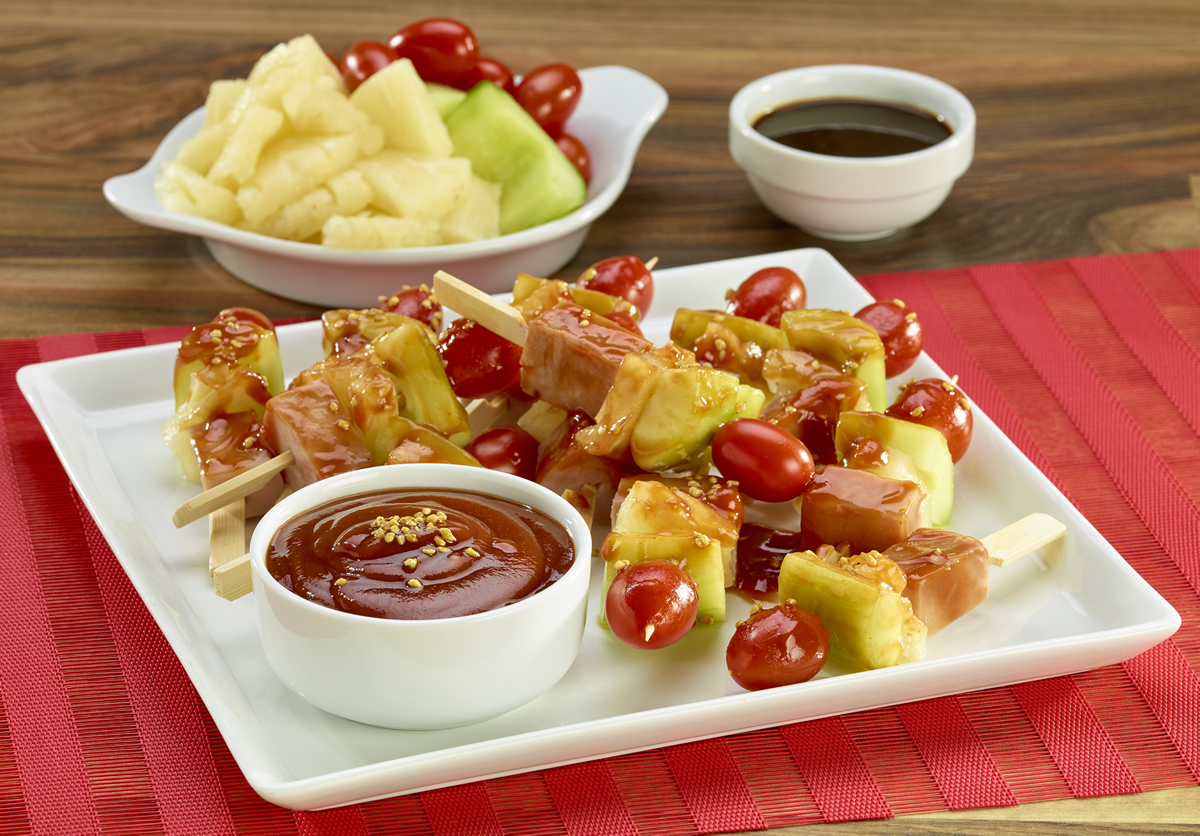E-Commerce Platform
Effective e-commerce UX design is crucial for success of shopping platforms. Staying ahead of user expectations means focusing on performance, multichannel experiences, regular updates, customer feedback, and transparency.
Ecommerce is arguably the most competitive online business model with around 24 million sites running worldwide. By 2040, 95% of all purchases are expected to be through ecommerce channels.
With the competition intensifying exponentially, businesses are forced to find innovative and intelligent approaches to stand-out in the ecommerce marketplace. A well-conceived ecommerce UX design creates a positive and engaging shopping experience for the customers whereas an ill-conceived design leads to higher customer drop-offs and cart abandonment rates.
In this blog, we discuss an approach to impactful ecommerce UX design, doing an in-depth analysis of the factors that influence UX design, significance of design in the customer shopping flow and the best design practices that help ecommerce stores to sell more.
What is E-commerce UX Design?
Ecommerce UX design refers to the process of creating a simple yet engaging shopping experience for the customers. A good design will guide the users through the online store and help them easily find what they are looking for. With effective ecommerce UX design, users’ shopping experience can be made enjoyable, fast and stress-free.
Imagine a scenario where you are shopping for a suit at a physical store. You need in-person assistance to figure out the right size, material, fitment and price, but you cannot see any customer service person in sight. You walk around the store looking for help and find someone, only to know that he/she is not the right person to help you.
That would be frustrating, to say the least. You would neither buy a suit from that store, nor would you go back to the store in the future or recommend it to your friends. The same scenario applies to ecommerce businesses as well – just that the process is online instead of offline.
If users feel confused when navigating an ecommerce store and are unable to find what they need easily, they leave dissatisfied. A good design would instantly grab users’ attention and guide them through the shopping process effortlessly. Get the most professional assistance from Punchcut.

Customer shopping flow and Ecommerce UX design
UX design plays a pivotal role in the success of an ecommerce store and influences the customers’ buy or drop decision. Design features like fast feedback, intuitive navigation, and engaging product information play a decisive role in ecommerce sales.
Journey of a user on an ecommerce platform is called a shopping flow and it’s the steps users follow from discovering a product to getting their order confirmed. Creating an ecommerce UX design with the shopping flow in mind helps to increase conversions and reduce cart abandonment. Let’s see the six steps of a customer shopping flow.
1. The user discovers a new ecommerce platform
The first step is the discovery of the ecommerce platform. Here design has a significant role to play in positioning the platform well. Most users form an impression about the platform in milliseconds and in that short time span, the platform must impress users, convey information about their products and encourage users to browse the site. If users don’t get a clear picture in the discovery stage, they would most likely end their shopping journey then and there.
2. The user browses the platform
Impressed by a platform in the discovery stage, users start browsing. There are two types of buyers – planned buyers and impulsive buyers.
More than 60% of people buy with a plan – they go online with a clear idea about what they need. Good ecommerce UX design makes their journey smoother by integrating efficient filter UI design, on-site product search and sort. It helps them find what they want and move ahead with their shopping journey quickly
The other category of buyers are those who have no specific intent to purchase but will buy if they find interesting products. These are valuable visitors for an ecommerce platform and a compelling design can increase their conversion rate. To entice these types of buyers, a discovery/explore mode is useful. “What’s new” and “Most popular” sections attract this type of buyers.
3. The user finds an interesting product
From browsing, users move to the next step when they find a product that sparks their interest. At this stage, the design should prioritize guiding users towards completing the purchase.
The call to action button is of eminent importance here. An attention grabbing CTA that is easily accessible and clickable will increase the chances of conversion whereas an unclear CTA will confuse the users and lead to cart abandonment.
At this stage, it is also key to provide all the information users may potentially need. A well-organized product page with detailed product descriptions, good quality product images and positive user reviews will impress users and reinforce their purchasing decision. Care should be taken to ensure that the user is not overwhelmed with the product information. Instead, only essential information should be given to users in a concise format.
4. The user adds the product to cart

Satisfied with the product, the user proceeds to add it to the cart. The ecommerce UX design should focus on transparency at this stage. The cart details should be clear and easily understandable for the user. All information including order quantity, price, discounts, taxes, shipping and delivery charges should be explicitly mentioned. The design should provide easy and visible options to remove items from cart, edit cart and move to wishlist.
5. The user proceeds to checkout
A crucial stage in an ecommerce transaction, checkout should be designed keeping safety and speed in mind. Some things to consider in checkout design for best ecommerce user experience are:
- Guest checkout:Asking users to create an account inorder to checkout increases the cart abandonment rate. Allow people to sign out as guests – give them an option to register but don’t make it mandatory.
- Payment methods:Ideally, your platform should provide all popular payment methods. People have different preferences and may choose one method over another. Supporting a wide variety of payment options including credit/debit cards, online payment platforms(apple pay, google pay, paypal etc), direct debit through online banking accounts and cash on delivery will increase conversion rates.
- Feedback:Visual feedback during the checkout process helps users navigate the checkout process without confusion. Some ways to implement this are through progress bars, success messages and confirmation popups.
6. The user receives a confirmation message
Checkout is the last user action on an ecommerce platform, but it’s not certainly the end of the shopping flow. For the flow to be complete, users must receive confirmation of their purchase. A confirmation message containing order details, delivery method, delivery date and tracking details must be given to the customers after checkout.
It is best to give the confirmation on websites/apps and through email or text messages. Keeping users notified with the order’s shipping status also is a good practice. Most ecommerce platforms today use push notifications to give real-time updates to customers.




